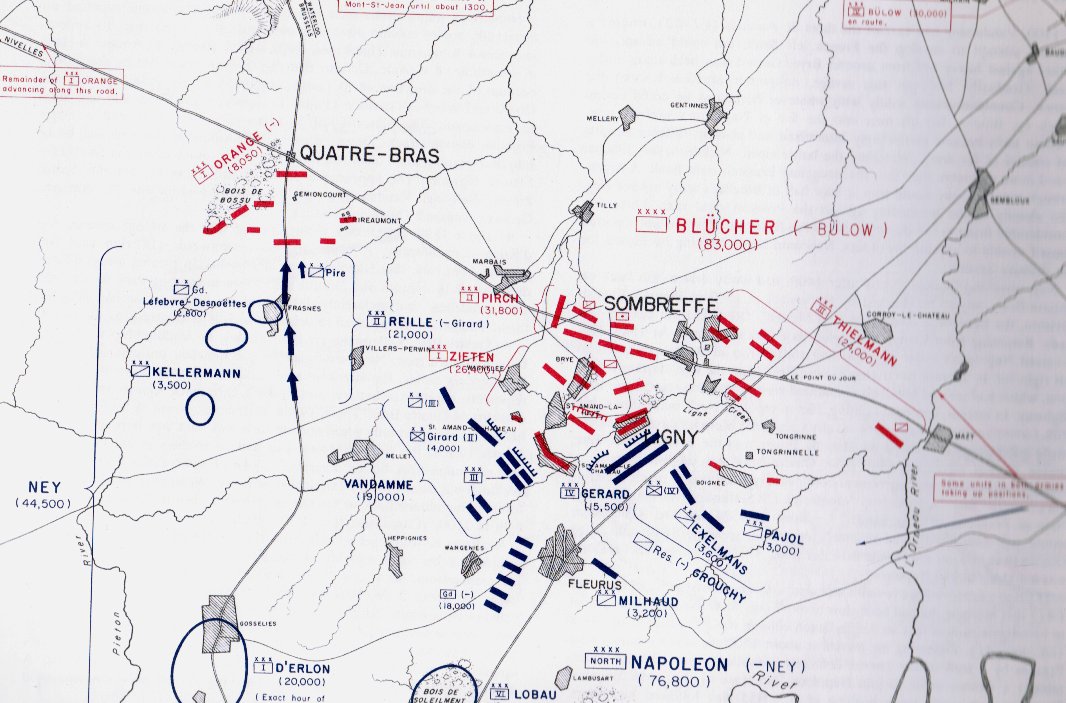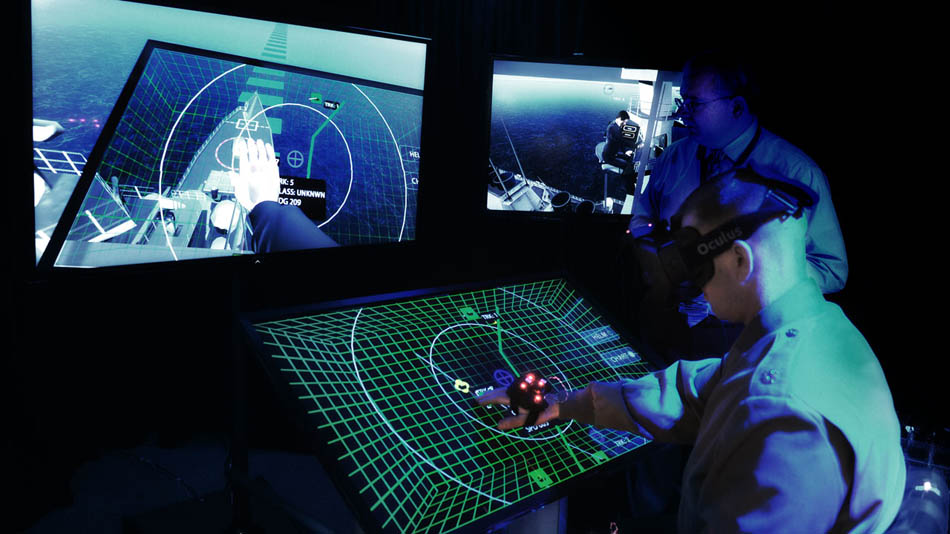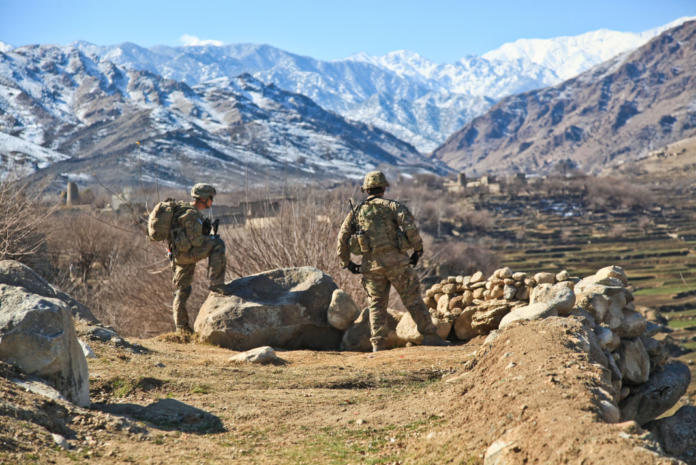War and strategy are inextricably linked, as strategy is crucial in achieving military objectives in warfare.
From ancient civilizations to modern conflicts, the importance of strategy in warfare has been recognized and studied by military leaders and strategists throughout history. It is a complex process that requires careful consideration of a wide range of factors, including the strengths and weaknesses of one’s own forces and those of the enemy, the terrain and climate of the battlefield, and the political and diplomatic context in which the conflict is taking place. In this sense, the study of war and strategy is relevant to the military realm and has broader implications for our understanding of human behavior and decision-making.
The military strategy involves the planning and execution of tactics and the use of various resources to gain an advantage over the enemy. It is a broad concept that encompasses many ideas, plans, and actions. It can involve tactics such as surprise attacks, ambushes, feints and decoys, maneuvering, guerilla warfare, and other strategies, in addition to careful planning and execution of tactics and the use of various resources to gain any and all-around advantage over the enemy.
The less glamorous part of war is logistics, undoubtedly not as flashy as the show of force and power. It is more of an “essential and invisible bloodstream for the body” – not seen readily but experienced thoroughly.
As the saying goes, “an army marches on its stomach,” and ensuring that forces are well-provisioned is crucial to the success of any military operation.
It involves the planning and execution of the movement and support of military forces. It can include everything from ensuring that troops have access to food and water to securing ammunition supplies and other equipment.
Besides the physical aspects of warfare, the psychological factor plays a significant role in winning any war. It is necessary to defeat the enemy’s forces and break their will to fight and adapt tactics such as propaganda, psychological warfare, and other methods designed to demoralize and dishearten the enemy.
One of the most significant developments in modern warfare has been the emergence of nuclear weapons. These weapons have the potential to cause catastrophic destruction on an unprecedented scale, and their existence has changed the nature of conflict in significant ways. While nuclear weapons have only been used twice in warfare, their existence has profoundly impacted international relations and global politics.
Warfare Tactics And Strategies

Warfare has been a constant presence throughout human history and has undergone significant changes as societies and technologies have evolved. From the earliest days of pre-historic man to the advanced technologies of modern warfare, how humans have engaged in conflict with one another has varied significantly. However, strategy, logistics, and psychological tactics have remained constant factors in achieving military objectives and will likely continue to play a crucial role in warfare for the foreseeable future.
There are many different strategies and tactics that have been used in warfare throughout history, and these have varied significantly depending on the specific goals and circumstances of each conflict.
Surprise attacks involve launching an attack on the enemy when they are unprepared or expecting a different type of attack. One example of a surprise attack is the Japanese attack on Pearl Harbor during World War II, which caught the American military off guard and resulted in significant casualties and damage.
Ambushes: These involve hiding and waiting for the enemy to pass by, and then attacking them from a position of cover or concealment. One example of an ambush is the Battle of Thermopylae, in which a small force of Greeks held off a much larger Persian army by using a narrow pass to their advantage.
Feints and decoys: These involve creating the illusion of an attack or movement in one direction to distract or mislead the enemy while actually attacking from a different direction. One example of a feint is the Battle of Agincourt, in which the English army used a fake retreat to lure the French into a trap.
Maneuvering involves using movement and positioning to gain an advantage over the enemy, such as by flanking them or forcing them into a disadvantageous position. One example of maneuvering is the Battle of Cannae, in which the Roman army was defeated by the Carthaginians through a double envelopment tactic.
Guerilla warfare: This involves using small, mobile units to harass and disrupt the enemy, rather than engaging in traditional, large-scale battles. One example of guerilla warfare is the Vietnam War, where Viet Cong forces used hit-and-run tactics to harass and wear down American forces.
Cyber warfare involves using computer systems and networks to disrupt or disable enemy operations or gather intelligence. One example of cyber warfare is the Stuxnet virus, which was used to disrupt Iranian nuclear facilities.
Siege warfare is a strategy in which one side attempts to isolate and starve out the enemy by encircling their positions and cutting off their supply lines. Siege warfare often involves using specialized equipment such as battering rams and catapults. An example of siege warfare is the Siege of Constantinople in 1204, in which European crusaders besieged the city and used specialized equipment such as battering rams and catapults to try and breach the city’s defenses.
Blitzkrieg: This is a strategy in which a military force seeks to quickly overwhelm the enemy by using fast-moving armored units and air power to punch through enemy lines and seize critical objectives. An example of the blitzkrieg strategy is the German invasion of France during World War II. The Germans used fast-moving armored units and air power to punch through the French defenses and quickly capture key objectives such as Paris.
Propaganda: This involves using media and communication to influence the enemy’s beliefs, attitudes, and behavior or the general public. One example of propaganda is using radio broadcasts and leaflets by the Allied forces during World War II to demoralize German soldiers and civilians.
These are just a few examples of warfare’s many tactics and strategies throughout history. The specific tactics and techniques employed in any given conflict will depend on various factors, including the goals of the battle, the resources and capabilities of the parties involved, and the nature of the battlefield.
Technology and Warfare

Technology has played a significant role in the evolution of warfare throughout history. As societies have developed new technologies, these have often been incorporated into their military systems, leading to significant changes in the ways in which wars are fought. Some examples of how technology has impacted warfare include:
Weaponry: The development of new weapons has often had a major impact on warfare. For example, the invention of gunpowder in the 14th century revolutionized warfare, as it allowed for the creation of firearms used to defeat armor and fortifications. In more recent times, the development of nuclear weapons has profoundly impacted global politics and the nature of warfare.
Transportation: The development of new forms of transportation, such as the chariot, the horse, and the tank, has changed how armies can move and engage in battle. For example, the use of tanks in World War I allowed for greater mobility and firepower, leading to significant changes in tactics and strategies.
Communications: The development of new communication technologies has also impacted warfare. For example, radio and other electronic communication methods have allowed for greater coordination and control of military operations.
Surveillance and intelligence: The development of new technologies for surveillance and intelligence gathering has also impacted warfare. For example, drones and other aerial surveillance methods have allowed for greater situational awareness on the battlefield.
Cyber warfare: Cyber warfare tactics can include a wide range of activities, such as hacking into enemy systems to steal or destroy sensitive data, disrupting or disabling enemy networks, and spreading disinformation or propaganda through social media and other channels. Cyber warfare targets various targets, including military systems, critical infrastructure, and civilian populations.
The impact of technology on warfare has been significant, and new technologies will likely continue to shape how wars are fought in the future.
Tags – Winning Wars Through the Ages, A Look at the Most Successful Military Strategies, Successful Military Strategies
